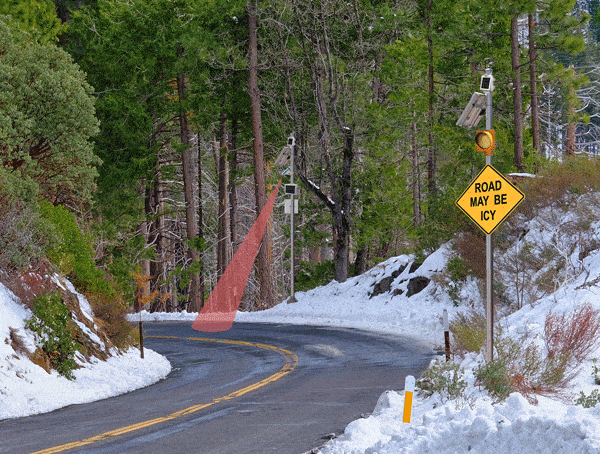In the age of AI, one of the biggest shifts happening in modern cities isn’t in concrete or steel—it’s in how we think about traffic. For decades, municipalities have responded to congestion like firefighters to a blaze—after the damage is already done. But reactive traffic management isn’t just outdated. It’s expensive, inefficient, and increasingly dangerous.
That’s why predictive analytics is no longer optional. Cities that want to remain functional—and competitive—must now adopt proactive, AI-powered systems that can simulate, detect, and prevent traffic issues before they escalate.
At Kemetra, we believe the future of mobility lies in foresight, not hindsight. Here’s how our real-time digital twin simulations and predictive AI are transforming intersections into intelligent, self-optimizing ecosystems.
The Problem with “Reactive”
Traditional traffic management systems were built to react. Congestion? Adjust the signal timing. Accident? Send a patrol and close the lane. Unexpected event? Redirect the flow—if you can catch it in time. The problem with this model is that it’s always playing catch-up. The damage—gridlock, emissions, wasted fuel, public frustration—is already done. Every year, Americans lose over 3.6 billion hours in traffic, according to INRIX. That’s not just time lost—it’s billions in lost productivity, environmental damage, and increased crash risks.
The Power of Prediction
Proactive traffic management flips the entire script. Instead of reacting to congestion, we anticipate it using AI-powered models that continuously learn from real-time inputs.Kemetra’s platform integrates with existing infrastructure to create a digital twin of the city’s traffic ecosystem. This includes real-time vehicle movement from sensors and cameras, historical congestion patterns, weather, event, and construction data, and public transit and pedestrian activity. These inputs feed our machine learning models that predict bottlenecks before they happen—minutes, hours, even days in advance.
The result? Decisions that are made ahead of time—adjusting signal phases, rerouting traffic, or allocating transit resources to match future demand, not just present strain.
How Kemetra’s AI Simulations Work
Our simulations run on a continuously updating digital twin of the city’s traffic infrastructure. We ingest real-time data from V2X feeds, signal performance measures, and multimodal sensors. Our AI identifies emergent patterns and forecasts congestion with precision. Then we simulate potential interventions—whether a signal timing tweak or a reroute strategy—within the digital twin. The system selects the most effective plan, which is then deployed live via adaptive signal control or rerouting interfaces. In other words: we prevent gridlock before the first horn honks.
Why Proactive Means Safer, Smarter, Greener
The benefits of predictive traffic management go far beyond just moving cars. Proactive signal adjustments reduce risky maneuvers and rear-end collisions at congested intersections. Preventing gridlock reduces idle emissions and fuel waste—key for clean transportation goals. City operations can allocate patrols, buses, and alerts more intelligently. Citizens notice when cities seem one step ahead. And trust builds with every green light they hit.
Bridging the Gap Between Data and Decision
Kemetra was built with one goal: to give cities the intelligence to act before things break down. But we also recognize that technology is only as effective as its implementation. That’s why we integrate with legacy ATMS systems, provide transparent, explainable predictive dashboards for city staff, offer flexible alert thresholds that align with policy and planning, and always keep human oversight in the loop. City engineers and planners retain full control.
In short: we don’t just predict the problem. We empower cities to prevent it, intelligently and in real time.
A Future That Learns and Improves
Because Kemetra’s system is AI-driven, it doesn’t just react once—it gets smarter every day. Every lane closure, every festival, every weather anomaly helps refine its understanding of a city’s mobility DNA. This means tomorrow’s signal patterns are already smarter than today’s—and the loop never stops improving.
The Bottom Line
Reactive traffic management is a relic of a slower, disconnected age. In a world where data is instant and cities are expected to perform, being reactive simply isn’t enough. Kemetra’s predictive platform brings the intelligence of AI, the foresight of simulations, and the safety of proactive design into every intersection it touches. We help cities stay ahead of gridlock, protect their streets, and earn the trust of their citizens—not with luck, but with insight.


